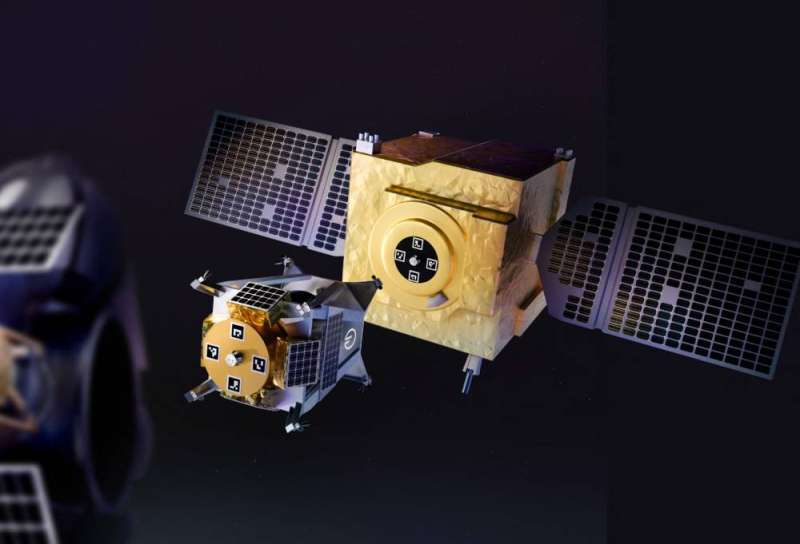Could refueling become as common in space as it is on Earth? The American company, Orbit Fab, aspires to build the first space “service stations” in an effort to extend the life of satellites, which have become a booming sector in space.
“If satellites can be refueled in space, then there is no need to abandon them” and their disintegration upon entering the earth’s atmosphere during their return, pointing “Satellites are now disposable commodities, which is a foolish step because they are very expensive,” reports Al-Rai daily quoting AFP.
Satellites use their solar panels to supply their devices (camera, radio…) with electricity. But it needs fuel to move through space.
“Objects deviate continuously and very quickly from their paths in space, and they are in different places than they should be, so they must always restore their natural position,” says Viper, in conjunction with the holding of two annual events for the space industry in Colorado Springs, USA.
In order to avoid running out of satellite fuel, the company’s plan is to launch large tanks (with a capacity of several tons of fuel) into space via rockets, and then put them into orbit. Then small shuttles capable of carrying hundreds of kilograms of fuel move between tanks and satellites to supply the latter with fuel, as if they were workers at a gas station in space.
But what are the risks of transporting fuel in space? “Anything imaginable,” Weber says. But thanks to the establishment of a safety system and the conduct of many tests on Earth and in space, “the success of this operation will be guaranteed.”
The satellites are supposed to be equipped with “refueling ports” similar to the fuel filling hole in cars.
This system was included in the design of “200 to 250 satellites” that will be refueled in the coming years, according to the official in the company, which has 60 employees and plans to add 25 more to its ranks.
A tank has already been launched into space and put into orbit, and tests should now be carried out to transfer fuel to a satellite.
In 2019, the company tested the International Space Station, a process of transferring water between a small satellite and another container, and proved that this procedure is possible.
“Our first contract with the US government provides for the fueling of satellites belonging to the US Space Force in the year 2025,” Viper told AFP.
The company plans to launch two shuttles into geostationary orbit (at an altitude of about 36,000 km), where communications satellites will be located.
Weber explains that these satellites move “at one level around the equator”, and therefore it is easy to supply them with fuel. But at a lower level, there are satellites in low Earth orbit that are on different trajectories and more shuttles will be needed to fuel them.
About 24,500 additional satellites are supposed to be launched between 2022 and 2031, according to the specialized company, Euroconsult.
And tasks that were difficult until today may become possible thanks to avoiding the weight of the amount of fuel needed at take-off (the weight that the missile can carry is limited). The most important thing is that extending the life of satellites leads to an increase in the profit derived from them.
About 130 companies have recently started working in the field of services for satellites in space, according to Weber.

